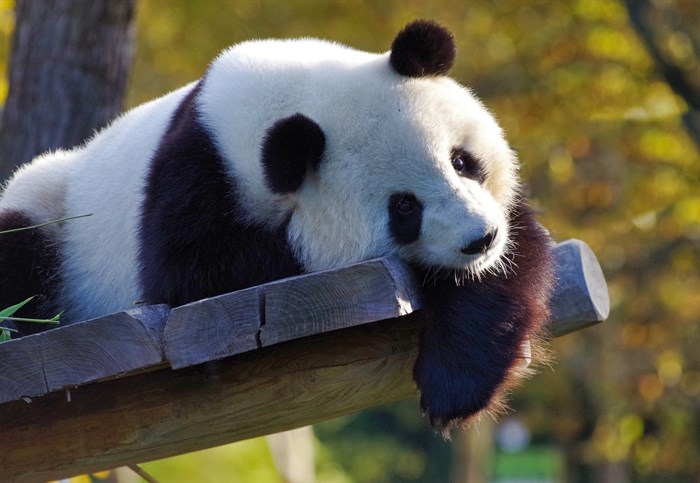
Image Credit: Pixabay
April 12, 2020 - 2:30 PM
Maybe it just takes a global pandemic for giant pandas to realize they’re a vulnerable species.
Ocean Park, based in Hong Kong, recently announced its 14-year-old resident female and male giant pandas, Ying Ying and Le Le, showed signs of entering their oestrous cycle since the end of March and succeeded in mating at around 9 a.m. April 6.
“This is the first success since the two giant pandas began attempts at natural mating a decade ago, through which the park hopes to bring to Hong Kongers exciting pregnancy news later this year while further contributing to the conservation of the vulnerable species,” according to the park in a press release.
Since late March, Ying Ying began spending more time playing in the water, while Le Le has been leaving scent-markings around his habitat and searching the area for Ying Ying’s scent. Such behaviours are consistent with those common during the breeding season, which occurs once every year between March to May, according to the park.
READ MORE: Calgary Zoo attempts to breed giant pandas from China by artificial insemination
With Ying Ying’s hormonal level changes, the park’s veterinary and animal care teams confirmed the two giant pandas have entered this year’s breeding season. The teams have been closely monitoring the giant pandas’ body conditions and behavioural changes and deemed it a peak oestrous April 6 for a natural mating opportunity, according to the park.
“Male and female giant pandas are sexually mature starting at ages of seven and five respectively. Since Ying Ying and Le Le’s arrival in Hong Kong in 2007 and attempts at natural mating since 2010, they, unfortunately, have yet to succeed until this year upon years of trial and learning. The successful natural mating process today is extremely exciting for all of us, as the chance of pregnancy via natural mating is higher than by artificial insemination,” says Michael Boos, executive director in Zoological Operations and Conservation at Ocean Park.
“If successful, signs of pregnancy, including hormonal level fluctuations and behavioural changes may be observed as early as late June, though there is always a chance that Ying Ying could experience a pseudo-pregnancy. We hope to bear wonderful pregnancy news to Hong Kongers this year and make further contributions to the conservation of this vulnerable species.”
Ocean Park is collaborating with experts from the China Conservation and Research Centre for the giant panda.
READ MORE: Bearwell: Giant panda pair born in Canada return to Chinese homeland
The park is closely monitoring Ying Ying’s hormonal levels and behavioural changes and will update the public on the latest developments as information becomes available. The gestation period for giant pandas ranges between 72 and 324 days; pregnancy confirmation can only be detected by ultrasound scan earliest 14 to 17 days before birth.
To contact a reporter for this story, email Carli Berry or call 250-864-7494 or email the editor. You can also submit photos, videos or news tips to the newsroom and be entered to win a monthly prize draw.
We welcome your comments and opinions on our stories but play nice. We won't censor or delete comments unless they contain off-topic statements or links, unnecessary vulgarity, false facts, spam or obviously fake profiles. If you have any concerns about what you see in comments, email the editor in the link above.
News from © iNFOnews, 2020